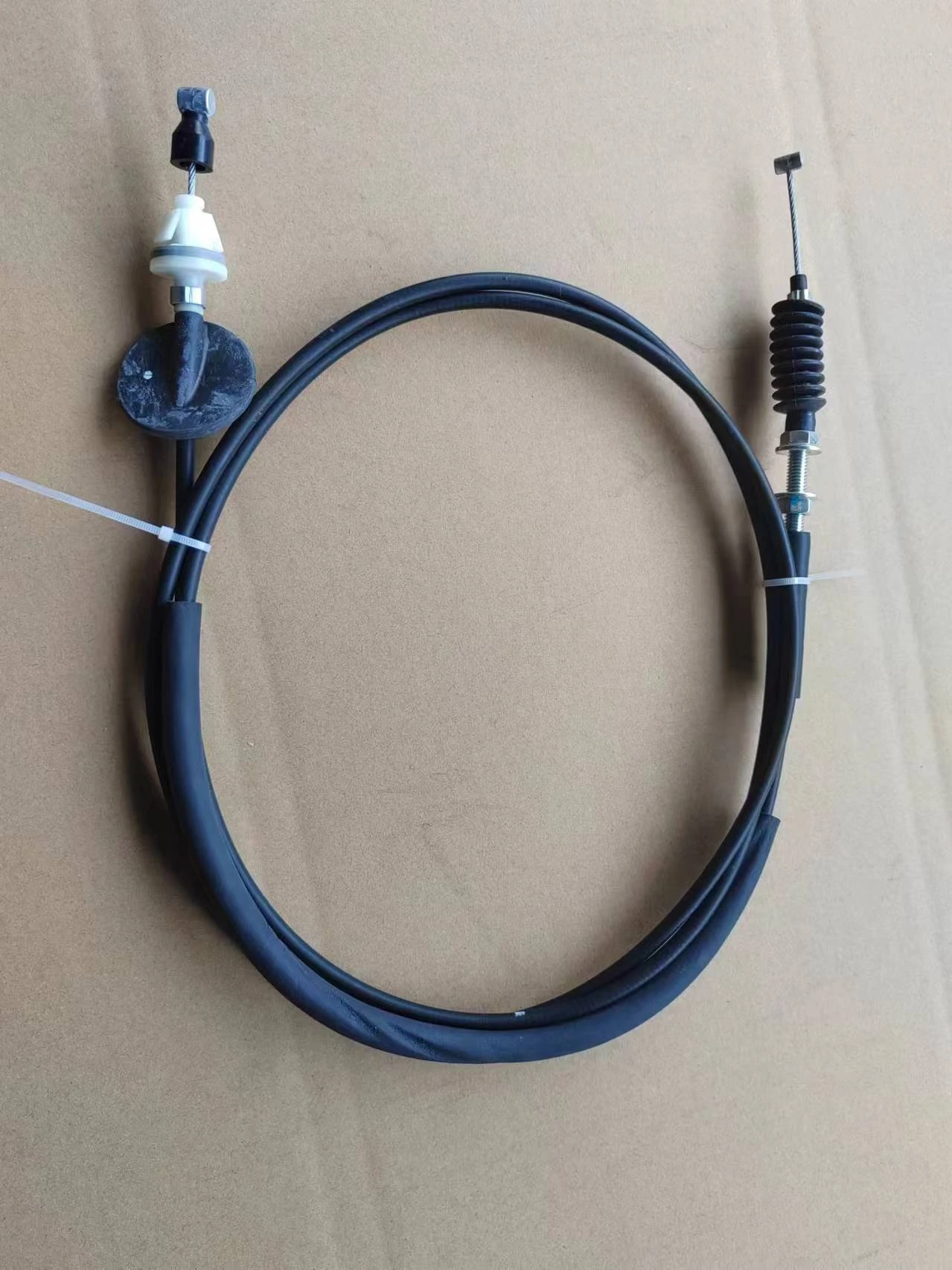dual cable throttle assembly
Understanding the Dual Cable Throttle Assembly
A dual cable throttle assembly is a crucial component in many automotive and marine applications. It serves a fundamental role in regulating engine speed and performance by managing the throttle valve's position. This article will explore the key features, benefits, installation, and maintenance of dual cable throttle assemblies.
What is a Dual Cable Throttle Assembly?
At its core, a dual cable throttle assembly consists of two cables one connected to the accelerator pedal and the other connected to the throttle body. These cables work in tandem to control the opening and closing of the throttle valve. By pulling the throttle open as the driver presses the accelerator, the assembly allows more air and fuel into the engine, thereby increasing power output. Conversely, releasing the pedal closes the throttle, reducing airflow and power.
Key Features
1. Precision Control The dual cable system allows for more precise control over throttle responses compared to single cable systems. This is particularly important in performance applications where the driver requires immediate and accurate feedback from the vehicle.
2. Safety Mechanism Many dual cable assemblies are designed with a fail-safe mechanism. If one cable were to fail, the second cable can still maintain a degree of throttle control, preventing a complete loss of power in critical situations.
3. Durability High-quality dual cable throttle assemblies are constructed from robust materials designed to withstand significant wear and tear. This durability is vital for ensuring long-term performance in harsh environments, such as marine applications where saltwater exposure can accelerate corrosion.
4. Ease of Pedal Feel The dual cable setup often provides a smoother and more linear feel when pressing the accelerator. This enhances the driving experience, making it more predictable and enjoyable.
Benefits of Dual Cable Throttle Assemblies
1. Improved Performance The enhanced control offered by dual cable systems can lead to better acceleration and responsiveness. This is particularly beneficial in performance cars and for drivers who require quick throttle reaction.
2. Reduced Maintenance Although dual cable systems may seem complex, they often require less frequent adjustments and maintenance than electronic throttle control mechanisms, which can be more sensitive to tolerances and electrical failures.
3. Versatility Dual cable throttle assemblies can be used in various applications, from cars and motorcycles to boats and industrial engines. This versatility makes them a popular choice for engineers and manufacturers across multiple sectors.
Installation Process
dual cable throttle assembly

Installing a dual cable throttle assembly requires careful planning and attention to detail. Here’s a simplified outline of the process
1. Preparation Start by gathering all necessary tools and components. Ensure the workspace is clean and organized.
2. Remove Old Assembly Disconnect and remove the existing throttle cable assembly. Take note of how the cables are routed and connected to the accelerator pedal and throttle body.
3. Install New Assembly Position the new dual cable assembly in place. Ensure that the cables are correctly routed and are not pinched or twisted.
4. Connect Cables Attach the accelerator cable to the pedal and the throttle cable to the throttle body. Adjust the tension on both cables to ensure proper operation.
5. Testing Before fully assembling everything, test the throttle to ensure it opens and closes as expected. Make adjustments as necessary.
6. Final Installation Once testing is complete and satisfactory, secure all components and tidy up the workspace.
Maintenance Tips
To ensure that the dual cable throttle assembly continues to perform at its best, consider the following maintenance tips
- Regular Inspections Periodically check the cables for fraying or wear. Look for signs of corrosion or damage that could lead to failure.
- Lubrication Apply a light lubricant to the cable guides and junctions to reduce friction and wear.
- Adjustments Make any necessary adjustments to cable tension to maintain optimal performance.
Conclusion
In summary, a dual cable throttle assembly is an essential part of vehicle and engine performance management. Its design provides enhanced control, safety, and durability, making it a preferred choice in various applications. By understanding its function and maintaining it properly, drivers and operators can ensure a reliable and responsive experience, safeguarding not only performance but also safety on the road or water. The dual cable throttle assembly represents a blend of traditional engineering and modern efficiency, contributing significantly to the overall operation of vehicles and machinery.
-
Workings of Clutch Pipe and Hose SystemsNewsJun.04,2025
-
The Inner Workings of Hand Brake Cable SystemsNewsJun.04,2025
-
The Secrets of Throttle and Accelerator CablesNewsJun.04,2025
-
The Hidden Lifeline of Your Transmission Gear Shift CablesNewsJun.04,2025
-
Demystifying Gear Cables and Shift LinkagesNewsJun.04,2025
-
Decoding Clutch Line Systems A Comprehensive GuideNewsJun.04,2025
